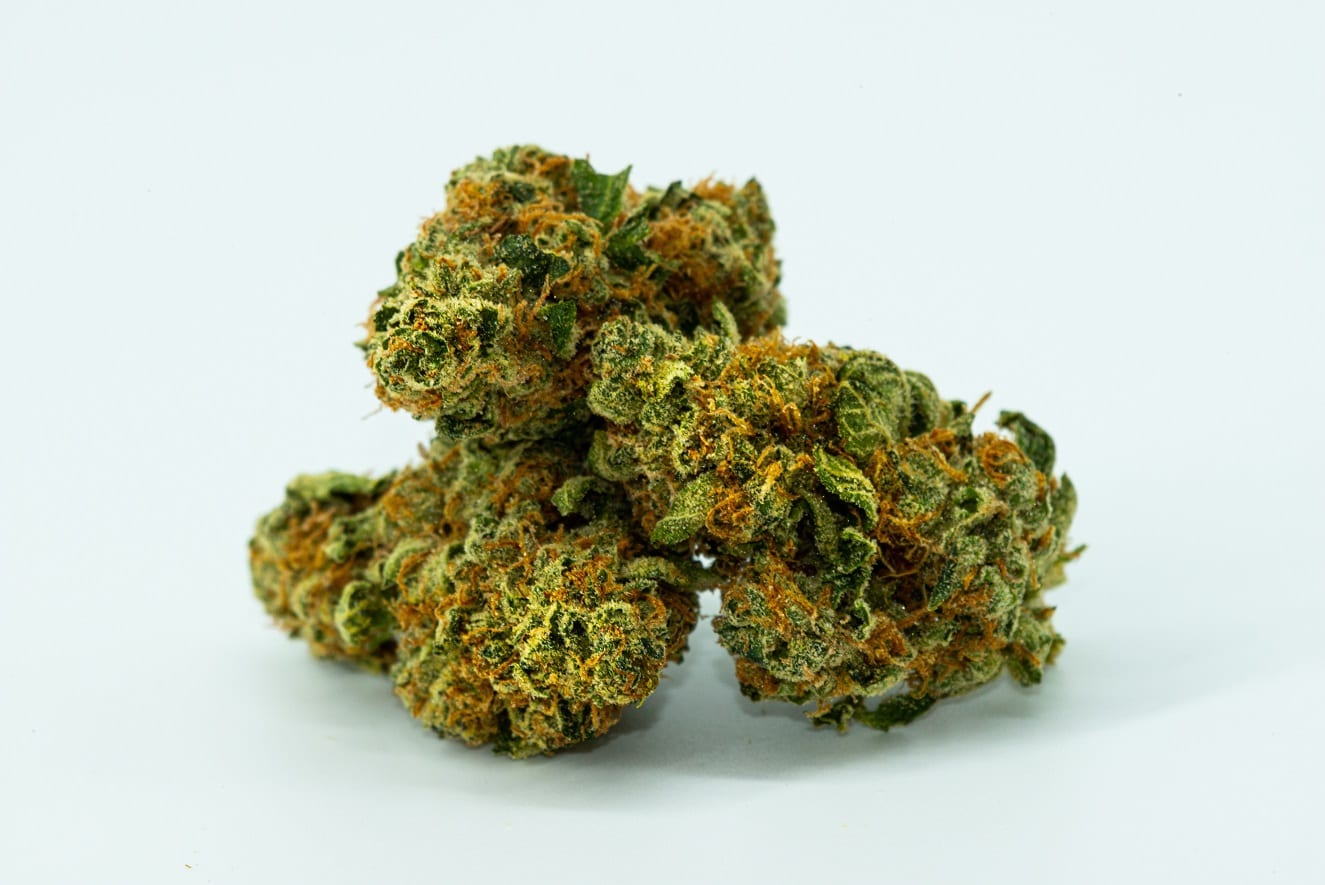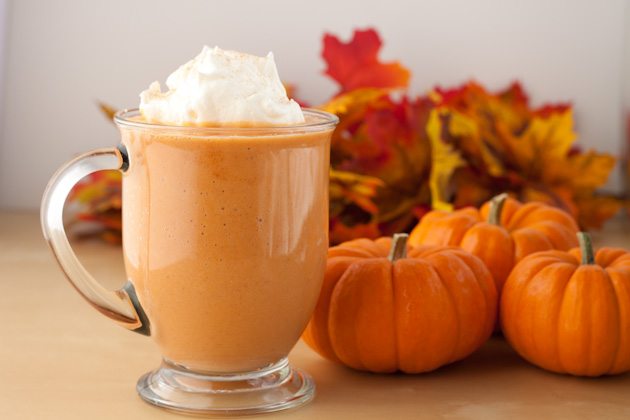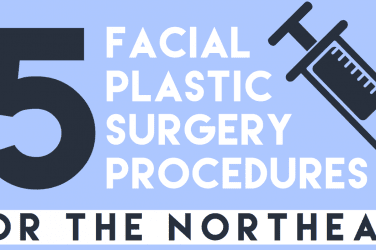Remarkable strides have been made in this past election year for the long-lasting “War on Drugs”. Not only have US states decriminalized possession of small quantities of drugs, but Oregon has legalized the medical use of psychedelic mushrooms. Hippies of the ‘60s could never have predicted this kind of victory.
Nevertheless, there has been recent buzz around some long-awaited victories for marijuana legalization. On Election Day, citizens of New Jersey, Montana, Arizona, and South Dakota voted to legalize recreational use of marijuana, joining DC in triumph against the everlasting war on drugs. 15 states have now either legalized or have voted to legalize recreational use.
So what does this mean? The short answer is obvious: America is finally finding peace with marijuana. However, much of the country is still divided when it comes to the issue of total legalization. While there are undeniable therapeutic benefits of the drug, we cannot neglect the fact that it causes some harm. That said, it is crucial to understand the nature of marijuana and what is fueling such heated debate from both sides.
What is Marijuana, Exactly?
Marijuana is a drug known for its many names: weed, pot, and Mary Jane, and so on to name a few. According to the CDC, it is the most commonly used illegal drug in the US. Marijuana comes from the plant Cannabis and contains two primary compounds: CBD and THC. CBD, or cannabidiol, shows no evidence of leading to dependency or intoxication. It is most commonly known for its use as a stress reliever. Some rub it on their skin in the form of topical cream, and others consume ‘CBD gummies’ infused with the compound. Nevertheless, it has become an increasingly popular remedy for treating anxiety, depression, insomnia, and even some forms of chronic pain.
THC (tetrahydrocannabinol), on the other hand, is responsible for marijuana’s hallucinogenic properties, or the ‘high’ experienced by users. The compound is responsible for tapping into the ‘pleasure centers’ of the brain. This triggers dopamine release and, thus, the feeling of euphoria that people enjoy. THC could also induce other less-appealing side effects such as impaired motor function, delayed reaction times, and even paranoia.
Marijuana’s History in the 20th Century
How could marijuana have fallen under such a fear-mongering classification in the first place? Consider the nature of the ‘70s: a time of free-spirited youth, with teenagers wearing peace signs and bell bottoms, smoking marijuana at increasing rates. Society feared this culture. In response, the government created the Comprehensive Drug Abuse Prevention and Control Act of 1970. This act led to the distinct classification of drugs under schedules numbered from one through five, with Schedule I drugs indicating the highest abuse potential and least medical use. Marijuana has long been classified as a Schedule I’ drug and remains under this harsh category today. Believe it or not, current drug scheduling suggests that there is a higher risk of abusing marijuana than cocaine and methamphetamine. Both of these drugs are listed under ‘Schedule II’.
The ‘Lows’
To many, it is ludicrous that marijuana remains so villainized. However, we must recognize that the drug is not without its flaws. A common misconception of marijuana is that it is a non-addictive drug. However, research indicates that 1 in 10 users ultimately become addicted. This likelihood increases to 1 in 6 for users beginning as teenagers. Further, marijuana usage at a young age could interfere with brain development, resulting in long-term cognitive impairment.
There is obvious potential for marijuana abuse…especially when it comes to getting behind the wheel. Slowed coordination and delayed reaction times are just two of the many symptoms of marijuana use. For this reason, driving on the drug can be quite dangerous. There is no known way to perform an instant marijuana test for drivers that is comparable to the alcohol breathalyzer test. Therefore, many question just how ethical it is to legalize recreational use without any way of screening drivers for THC.
The ‘Highs’
Flaws and all, marijuana still possesses a rich body of literature supporting its medical potential. Medical marijuana is currently legal in 33 US states and the District of Columbia. The drug has exhibited an ability to treat Parkinson’s related tremors, bowel syndromes like Crohn’s disease, and a variety of psychological disorders such as depression, anxiety, and PTSD.
Medical marijuana is also prescribed to treat chronic pain. Not only is it a safer alternative to prescribing opiates, but it is much less likely to result in addiction from lifelong use. In fact, some addiction research focuses particularly on the benefit of trading in opiates for marijuana. These studies show promising results in the drug’s ability to act as a viable replacement for opiates. While those experiencing intense pain may not find marijuana to be sufficient, a portion of those in pain would. Making marijuana medically accessible across the US could lead to drops in opiate prescription, and perhaps a major turning point in the opioid crisis.
The Bottom Line
When considering the legalization of any drug, we must ask ourselves a key question: is the drug doing more harm than good? While cannabis shows its potential in more ways than one, we still have much to learn. As we head down the road to legalization, perhaps the best thing to do is celebrate such change as we welcome what could be a stepping stone for the US in ending the war on drugs.







